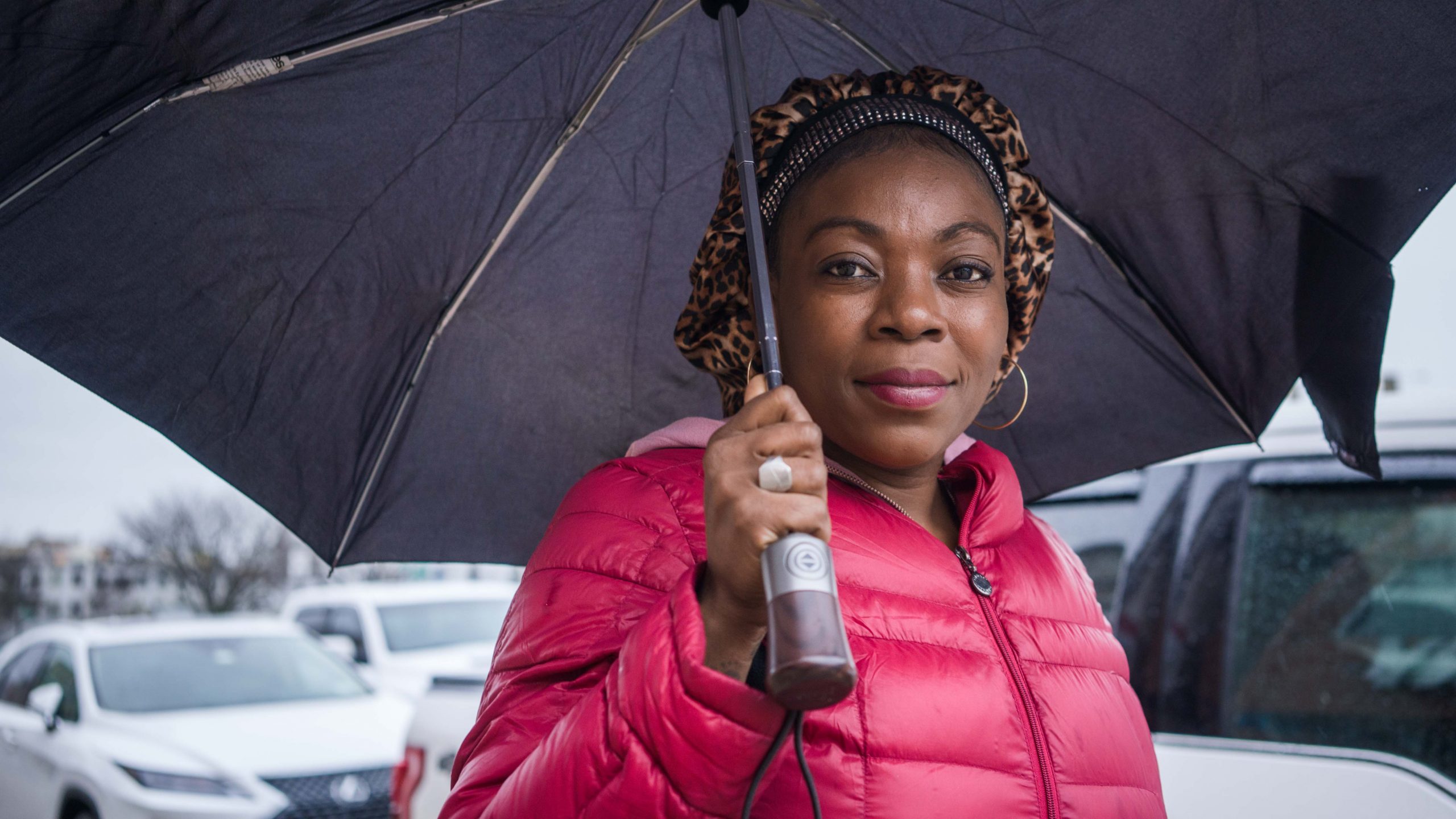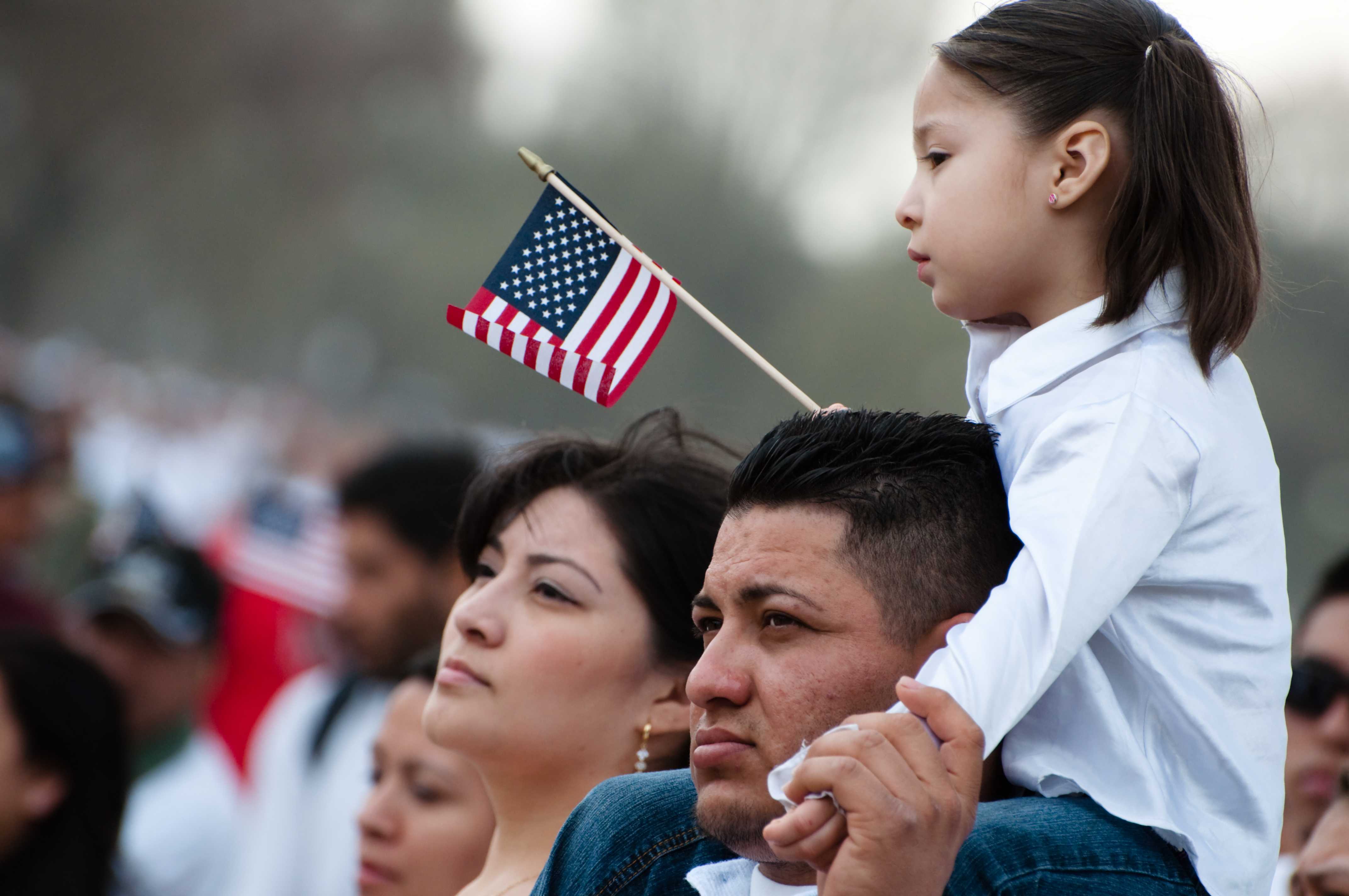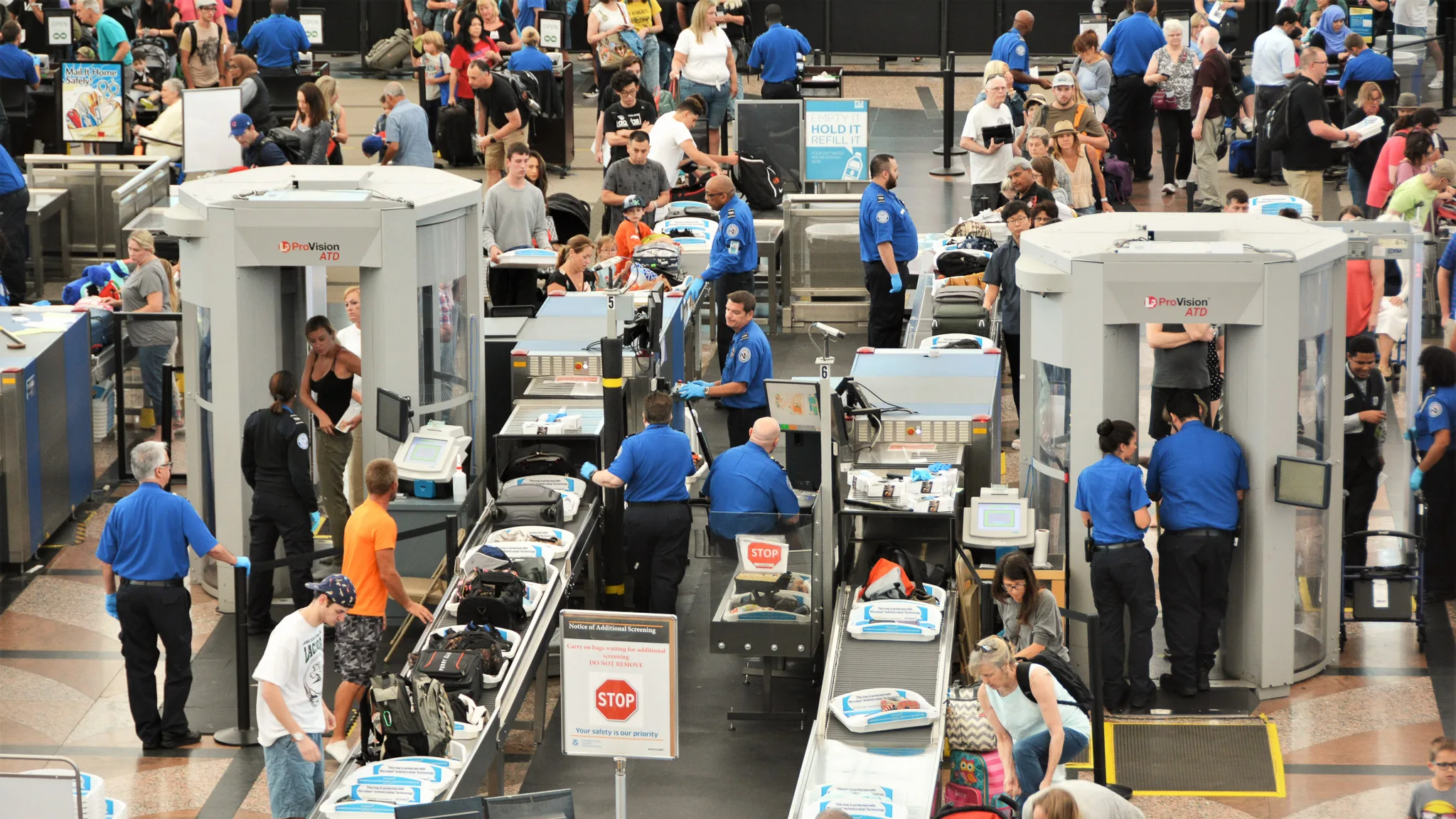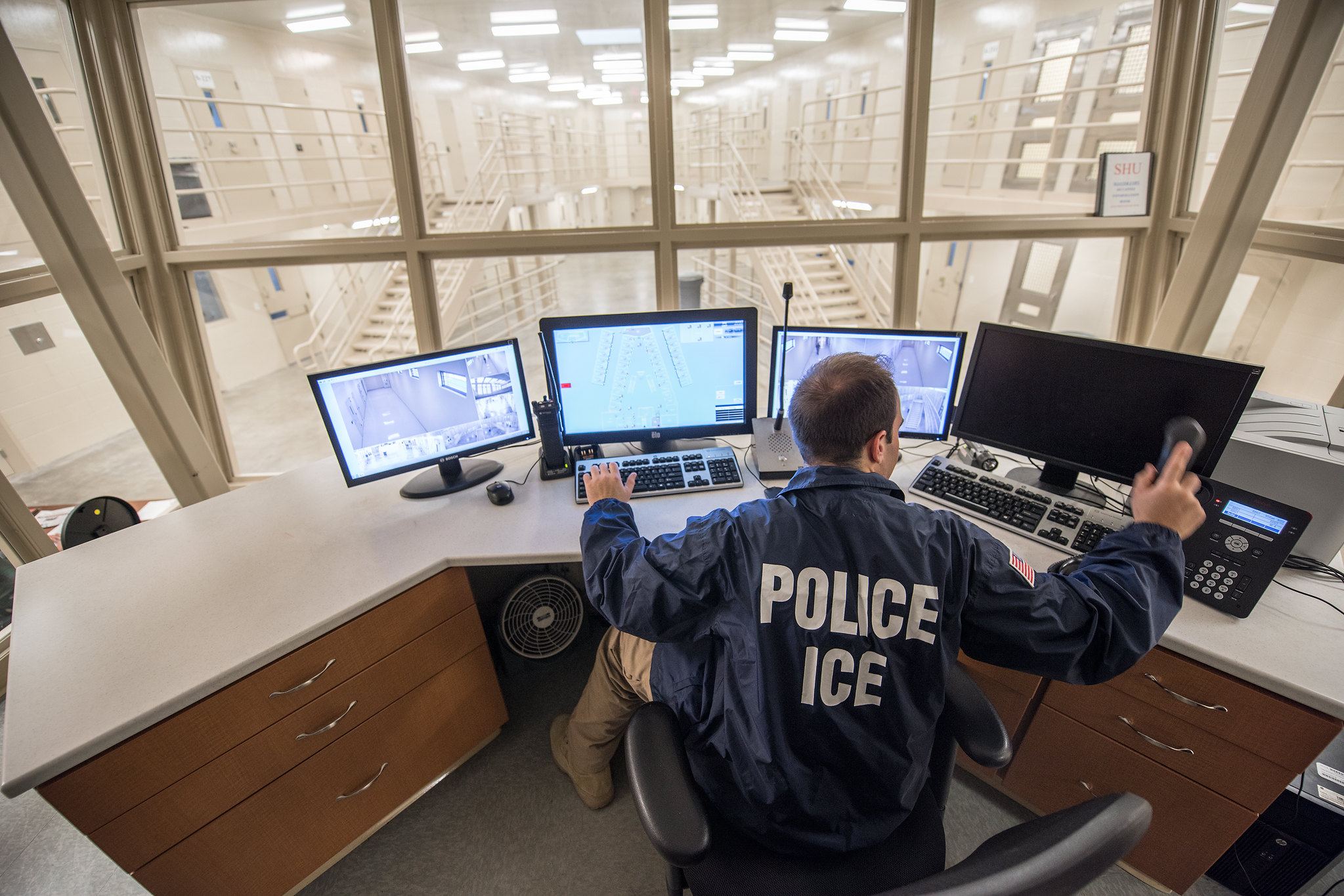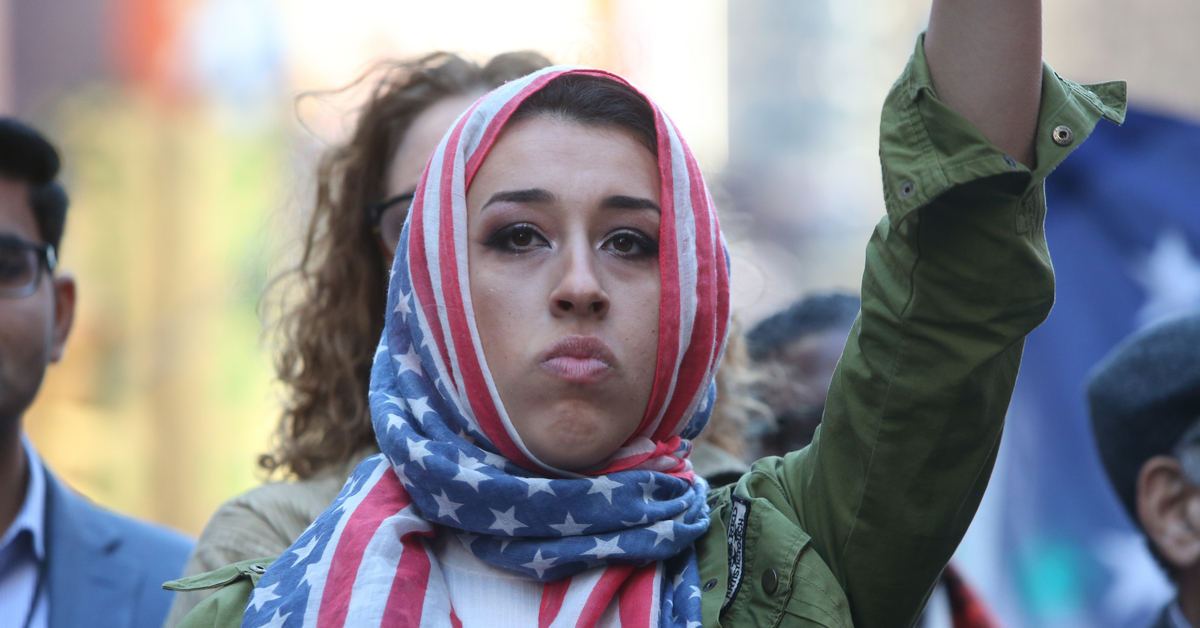In an assessment shelter in the Bronx, Danira, 32, woke up and saw her daughters sleeping to her left. It was May 17, and she had spent the previous days desperately looking for ways to earn money to buy food, clothes, and other necessities for her daughters. Not having a work permit and not knowing English made it difficult for her to seek opportunities — she cried often.
“Why are you crying?” her eldest daughter had asked the previous night, reminding her that “she loved and needed her.” Danira did not know what to tell her. When she arrived in New York City in late April, she hoped it would mark the end of a four-year immigration journey that began in Honduras when she fled to Mexico to escape domestic violence.
In Mexico City, Danira had built a new life, made friends, was employed, and — most importantly, she says — her daughters, 9 and 3, were happy in their new home. But on December 24, 2021, as they celebrated Christmas with their neighbors, the three were kidnapped by a group of men who kept them in captivity for one month.
They asked Danira for a family contact to request ransom for her release. When she told her captors that she did not have any family, they threatened to kill her daughters who were crying every day. “I was hoping they would kill me first so that I wouldn’t have to see my daughters dead,” Danira, who requested Documented refer to her by her middle name, said. One of her captors believed her eventually, and vouched for her release, she said.
When she was let go in late January of last year, Danira had two choices: move to another part of Mexico or migrate to the United States and seek asylum. She chose the latter because, while they were happy in Mexico City, her daughters were unable to attend school because she worked two jobs, one as a hairstylist and another as a cook at a local restaurant. The three then moved to Mexico’s Piedras Negras for two months where an organization helped them with the process of submitting themselves at the border in early April.
After crossing to the states, Danira spent three weeks in Houston, Texas as a house cleaner. One of her friends, also an asylum seeker living in The Bronx, suggested that Danira move to New York City where she could receive more support for her daughters. But her first weeks in New York City were spent inside the shelter room with nothing to do. “I was thinking of what I left behind [in Mexico],” Danira said, adding that she felt depressed and disillusioned when she arrived.
On June 5, Danira and her daughters were having breakfast. Six weeks had passed since first arriving at the shelter, and her head started to hurt at the temples and at the top of her neck. She felt agitated. She paced around the room. It did not help. The walls in her apartment were inching closer and closer toward her while her daughters peacefully finished their breakfast, she said.
She left the shelter immediately and walked for more than one hour up Grand Concourse. This would not be the first time Danira visited the emergency room because of a panic attack.
Seeking Mental Health
Panic attacks tend to be a symptom of distress, and an indication of something much deeper going on, Katharine Mackel, associate program director for Care for the Homeless Program at The Institute for Family Health (IFH) in New York City, said.
Mackel, a licensed clinical social worker who works with clients who are immigrants and undocumented, says barriers that prevent access to employment, and other essential resources further impact the mental health of those already facing housing insecurity.
In the span of three months, two asylum seekers took their lives while living in New York City shelters. Leidy Villalobos, a mother of two who was separated from her husband at the border, and John Ortega, a 26-year-old man from Venezuela who left behind his wife and children. Their passing, along with accounts of migrants residing at NYC shelters, has brought attention to the effects migration has on mental health, which can be aggravated by the challenges of waiting for immigration cases to be processed.
Lorena Kourousias, executive director of Mixteca, a non-profit helping migrant communities in Sunset Park, Brooklyn, for decades, notes that Mixteca is located in the middle of three shelters and has seen more migrants, particularly newly arrived asylum seekers, reach out for help since spring of last year.
Like Danira, more than 30,000 migrants have been processed at NYC shelters since spring of last year, many of whom have been bussed to Port Authority from Texas or arrived in the City on their own. Many are asylum seekers from Venezuela who do not have family connections in the states and rely on public assistance and non-profit organizations.
While the organization offers various services — like English classes, IDNYC applications, food, and consular appointments to name a few — Kourousias says they have added more sessions to their mental health counseling discussions to give migrants an opportunity to express and share how they feel inside.
During these sessions, migrant men and women meet three times a week on different days and share stories of violence experienced in their country and throughout their journey. Kourousias says that many, like Danira, do not know what to do once they arrive in New York City because their expectation that everything will be better is spoiled by the inability to find work legally, adjust to the shelter system, obtain legal representation for their immigration cases, or find food.
“They are facing all the challenges that you already know. They don’t have a place to live, they don’t have food, they don’t have clothes. They solve one of the challenges, and then another one comes up, and then another one comes up,” said Kourousias, adding that one of the goals of the counseling sessions is to help people deal with these types of stressors.
This September, Mayor Adams announced the opening of an Asylum Seeker Resource Navigation Center to connect asylum seekers to child services, legal aid, school enrollment, mental health counseling, and other resources. And, after seeing the largest increase in Spanish-speaking clients last year, the Department of Homeless Services (DHS) deployed additional interpreters to DHS sites. By August 1, there were 34,780 calls, 1,009 more interpretation calls than the 33,780 made in all of 2021, a spokesperson told Documented.
However, some immigrants who Documented spoke to have said that they have never heard of those services or used them for assistance with translation. Some said they had to wait days to speak with the only social worker who spoke Spanish at the sites.
For Lina, 36, arriving in April to New York City was supposed to open a new chapter of opportunities after she fled extortion in Colombia with her children, ages 7 and 13. Instead, the inability to find work, along with the lack of help from the personnel at the shelter — the same Hollis shelter where Villalobos took her life — persuaded her to migrate once more to Montreal.
She claims workers at the New York shelter neglected residents who couldn’t speak English and were clueless whenever she asked for information about programs. “They are working there to help people, they are employees so that we can get help with dignity, and not to treat us that way,” Lina said, noting that the lack of assistance put so much pressure on her to find help on her own.
Also Read: Mental Health Resources for Immigrants in New York
Since arriving in Montreal, Lina says her stress has decreased and that she has been given an apartment to share with her kids, monetary assistance, and other resources. She has started her asylum case and her kids have started school as well. “It is much more organized here,” she said. She is planning to learn French to go back to school soon.
A Moment of Solitude
When Danira first visited the emergency room for a panic attack on June 5, it was not her last. Only three days later, on June 8, she began feeling a stabbing pain underneath her breast. She says breathing became difficult, again. She immediately left the shelter and walked to Lincoln Hospital. At 1:48 p.m., she was discharged and diagnosed with elevated troponin levels, a marker for heart damage, according to her medical records, which Documented reviewed. The records also show she was diagnosed with depression and adult anxiety.
Leer: Salud mental para inmigrantes
Things were looking up by September, Danira said. She had been reading the Bible, praying, and drinking tea to calm her nerves. She got a cleaning gig at an events space in the Bronx through a friend at $15 per hour. Her eldest daughter also started school, and the youngest one was admitted to a daycare. “I was starting to make money, and I was getting used to the area,” she said.
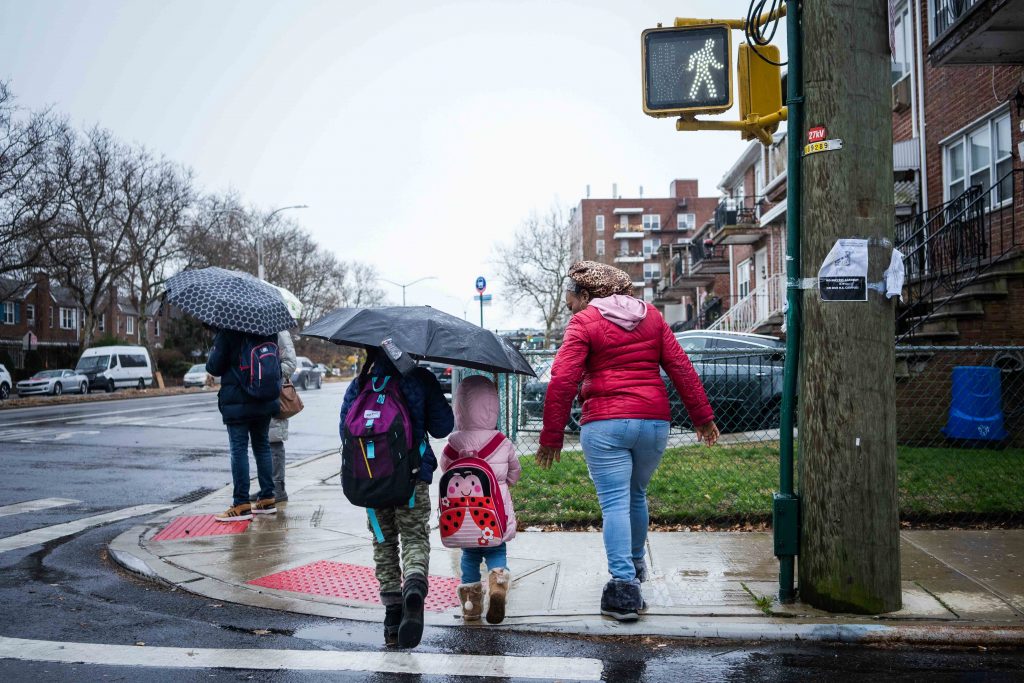
On the week of October 3, five months after arriving in New York City, Danira saw a psychologist for the first time. She said the session went well. She was no longer taking medication, and she had been progressively getting better. Danira emphasized that she did not have anyone to talk to at the shelter, aside from her daughters. “My mind feels like there are only three things to do: speak with my daughters, speak with myself, and tell myself not to think of negative things.”
In late October, however, Danira and her two daughters were relocated to a family shelter in Sheepsheads Bay, Brooklyn — a predominantly white area. “I was getting used to moving around in The Bronx, and then, all of a sudden, they say you will be moving there,” she said, adding that she had to start from scratch.
Danira says most of her days at the new shelter are spent inside her room with nothing to do, walking around the piers observing the seagulls and the ships crossing Sheepshead Bay, or looking for employment while her daughters are in school. She had worked for one week cleaning houses for someone she met through word of mouth, but says she was never paid. “I said to myself it will be safer to wait for the work permit before looking for a job,” she said.
In mid-November, a non-profit helped her file her asylum claim. A stranger paid for the shipping cost of the application after he saw Danira crying outside of the post office. On November 29, Danira had not eaten for two days, and her daughters ate bread and water for dinner. The next day they did not have any food left and had to go to The Bronx — because she didn’t know her new area very well — to pick up cereal, milk, and potatoes. She made french fries for her daughters that night. She says the lack of income still makes her anxious and sad. She adds they have to ration their food often.
The shelter workers did not inform her of how to obtain resources, she says, remembering an incident in early December where she was not told that the shelter would be giving out free winter clothes. “Sometimes I think of returning back, but she [the therapist] reminds me that there will be more opportunities for my daughters here,” Danira said, adding that her therapist has been helping her explore the root of her anxiety.
She is currently waiting for her asylum case to be processed so that she can apply for a work permit. Her goal is to move into a new apartment closer to The Bronx and save money to bring her son, 11, who is still in Honduras with his dad.
***
If you or someone you know needs access to mental health support services, call 888-NYC-WELL (888-692-9355), or text “WELL” to 65173. Additionally, you can also chat online. Your information is always confidential. For assistance near you, visit our guide: Mental Health Resources for Immigrants in New York
Correction: An earlier version of this story misdated when Danira was released from being kidnapped. She was released in late January of 2022, not 2023. We apologize for the error.
